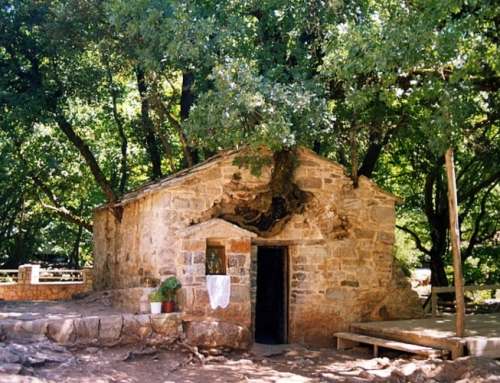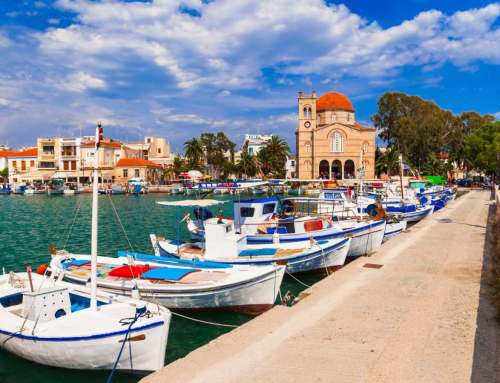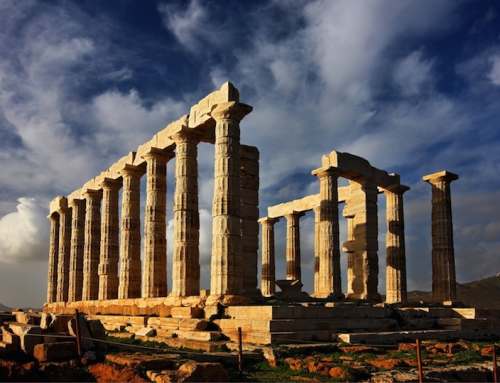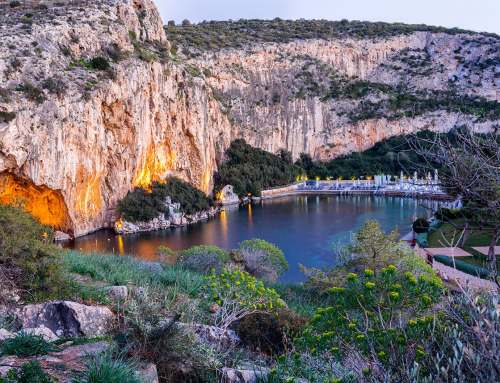Destinations / Peloponnese / Sparta

~
Today’s Sparta is built on the eastern foothills of Taygetos, south of the center of the ancient glorious city, near the right bank of the river Evrotas and at an altitude of 210 m.
The city was re-established after the liberation of the country in 1834, following a decision by King Othon. It has wide,planted streets, large squares, neoclassical buildings and rich water supply.
Sparta Epos Travel & Tours
Its glorious past and the close proximity to the legendary Mystras attract the attention of many visitors – tourists. From ancient Sparta there are remnants of the temples of Orthia Artemis, Athena Chalkioikos, Apollo Karnios and a theater of Roman times.
Sparta Epos Travel & Tours
Sparta Epos Travel & Tours
The region has a long history both in Antiquity, the Middle Ages and the New Age. Sparta and Laconia are mentioned by Greek mythology. It is also mentioned by Homer in his epics, the Iliad and the Odyssey as one of the most powerful Mycenaean kingdoms and seat of Menelaus, the brother of King Agamemnon of Mycenae, before the Trojan War.
In about 1100 BC and after the collapse of the Mycenaean civilization, the Dorians, a different Greek tribe, settled in the area. Gradually, the Spartans joined under two royal families, the Agiades and the Euripontides, and began to expand in the surrounding areas, creating social classes, and constitution, which configured their entire society to maximize military proficiency at all costs, and completely focused on military training and excellence. Its inhabitants were classified as Spartiates (Spartan citizens, who enjoyed full rights), mothakes (non-Spartan free men raised as Spartans), perioikoi (free residents, literally “dwellers around”), and helots (state-owned serfs, enslaved non-Spartan local population).
Sparta Epos Travel & Tours
Spartiates underwent the rigorous agoge training and education regimen, and Spartan phalanges were widely considered to be among the best in battle. Spartan women enjoyed considerably more rights and equality to men than elsewhere in the classical antiquity.
In the 7th century BC. they constitute their society according to the laws of Lykourgos.
Sparta Epos Travel & Tours
After subjugating most of Laconia, they will expand to Messinia and Arcadia and will defeat Argos. They will succeed in subjugating Messinia and part of Arcadia and will conclude several alliances, with their first ally the neighbouring Tegea. All this until the 5th century B.C.
In the Persian wars the Spartans will not take part in the battle of Marathon, but the sacrifice of the 300 of Leonidas and the 700 Thespians in the Strait of Thermopylae in 480 BC. it would become the most shocking event of this period as the Spartans fell by obeying the unwritten law that they should not have left the field of battle.
Sparta Epos Travel & Tours
After the victorious battle for the Greeks at Plataeai, Sparta was asked to take on an aggressive war in Asia Minor against the Persians but they declined. This opportunity was grabbed by Athens, which created the First Athenian Alliance, and continued the war against the Persians in Asia Minor and Cyprus until 451 BC. Athens strengthened so much under the leadership of Pericles that Sparta decided with the Peloponnesian Alliance to declare the war.
Sparta Epos Travel & Tours
This was called the Peloponnesian War by the historian Thucydides and it was particularly tough. It lasted from 431 to 404 BC. and ended with an overwhelming victory of the Peloponnese. After this war, there was hope that Sparta would rule Greece fairly but establish a hegemony that disliked everyone and led to two wars, the Boeotic War or the Corinthian War in 396-387 BC and the war with Thebes. In the Battle of Leuktra in 371 BC the Spartan army was defeated by the Thebans who had headed Epaminondas and Pelopidas. In 362 BC. in the Battle of Mantineia, the united army of Sparta, Athens and their allies made a big blow to Thebes and its own allies, but without a final winner and Greece sinking into uncertainty for many years. During this turbulent period no one gave any attention to a small Greek kingdom in the north, Macedonia, which under the leadership of Philippos II destroyed the Illyrians in 358 BC. In the following years, Macedonia will dominate Greece and most of the known world, while Sparta will continue to sink into its internal crisis, and after the battle of Megalopolis and Sellasia (222 BC), Sparta will collapse completely even to the Roman conquest (146 BC).
Sparta Epos Travel & Tours
Sparta Epos Travel & Tours
Unlike other Laconia towns that were abandoned in the 4th century AD, both Sparta and Gytheion continued to inhabit, despite earthquakes (such as that of 365), the Gothic raids in 395 under Alaric and the Vandals in 468 under Gizerichus and the plague epidemic in 541-43. By the end of Justinian’s reign, however, the city deserts, although it is likely that the acropolis would continue to be used.
Sparta Epos Travel & Tours
Memorable Tours in Sparta, Peloponnese

Grand Classical Tour of Greece
With this epic 10day journey you come in contact with classical Greece, with the legendary Peloponnese, with the glorious cities of Macedonia where Alexander the Great lived before the long and glorious campaign to the East and with the wonderful geological formations of the Meteora of Thessaly that in the late Byzantine period were changed to Christian monastic enclaves.
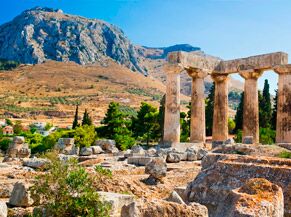
Tracing the steps of Hercules in the Peloponnese and Delphi – 10 days
Get ready for an amazing 10-day / 9-night, high-end Culture Route program that combines astonishingly the private tour of the impressive Greek Mythology of seven of the twelve tribes of Heracles in the Peloponnese.

Our journey will last six days and during this time we will have the opportunity to tell more about the mythology, the history and the social organization of the areas through the centuries.



